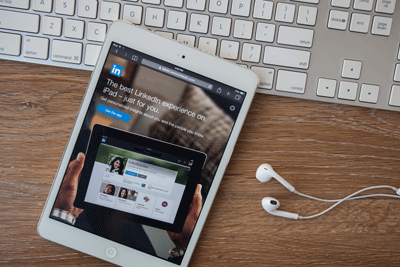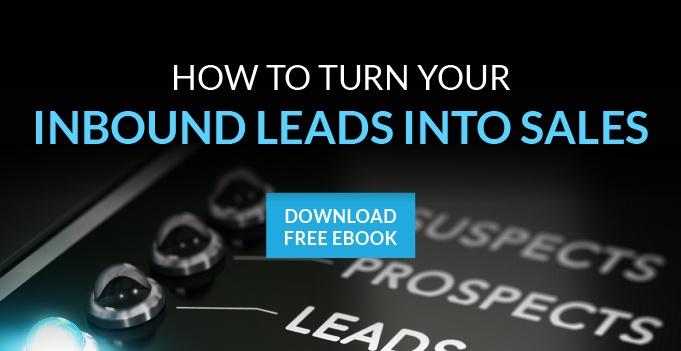 Every social media site has its own niche; well, every site except Facebook, which seems to be for everyone. Twitter is a great place for breaking news and immediate, personal reactions to events. Instagram is the spot for your selfies or other memorable images. Pinterest is a haven for the crafty and artsy individuals, with plenty of hobby ideas and recipes for the domestically inclined.
Every social media site has its own niche; well, every site except Facebook, which seems to be for everyone. Twitter is a great place for breaking news and immediate, personal reactions to events. Instagram is the spot for your selfies or other memorable images. Pinterest is a haven for the crafty and artsy individuals, with plenty of hobby ideas and recipes for the domestically inclined.
And then there’s LinkedIn. Quite frankly, almost no one uses LinkedIn to make social connections. Instead, most people use LinkedIn as a professional networking tool, either to help them find jobs or to locate and evaluate potential employees.
But instead of viewing this as a problem, we see it as an opportunity. By investing in LinkedIn’s paid advertising, you can seize upon this vast untapped audience just ripe for the picking. If you’re interested in advertising on LinkedIn, here are five steps you should follow:
Step 1: Determine if LinkedIn is the right social media platform for your business
We advise having a presence on every social media platform, including LinkedIn. However, the amount of emphasis you place on each social media site should differ based on the type of business you run.
For example, if you cater to a younger demographic, then you should definitely focus on Twitter and Instagram (since their user bases skew younger). LinkedIn is the domain of working professionals, including millions of managers and executive-level users. Therefore, you should look to LinkedIn if these types of customers fit your buyer personas, or if you’re in the B2B space. B2B companies have to market to the “decision makers,” which are the employees within a company that are empowered to make purchasing decisions. There are plenty of decision makers to be found on LinkedIn.
Step 2: Decide if you want to create an ad or simply sponsor content
You have two options available for your ad campaign: you can create your own simple, small ad copy to be displayed on the site; or you can simply promote content that you’ve shared on the site already.
If your business is an active poster on LinkedIn (as it should be), you will have plenty of content links to choose from. This strategy can be beneficial, because instead of an ad, you’re drawing attention to some interesting (and hopefully valuable) content. An ad, on the other hand, can have a much broader reach, because it can attract users who might not be interested in your content. Ultimately, the choice is yours.
Step 3: Target your ad
This is one of the best features of LinkedIn advertising: the ability to target specific demographics on the site. LinkedIn will allow you to target users based on factors such as age, gender, job title, location, company or even skills (you can find a full list of targeting options here). Here is where your buyer persona research will pay off: determine which factors fit your personas and target those specifically.
Step 4: Establish your budget
Another great feature of LinkedIn ads is the price: you can set your budget as low as $10 per day, and start, stop or resume your campaign at any time. You can pay per click or per 1,000 impressions, and once you’ve fulfilled your budget, the ads won’t display again until you give the go-ahead. At minimum, you should expect to pay $2.00 per ad click, but again, the extent of your ad campaign is up to you.
Step 5: Wait for approval, then watch it go live
By the time you reach step 5, you’re basically all done. Once you’ve submitted all of the information outlined above, your ad will undergo review. A member of the LinkedIn team will ensure your ad is appropriate, and once they’ve approved it (usually within 24 hours), you’re good to go. Your ad will immediately start displaying on the social media site. It’s that simple.


Comments